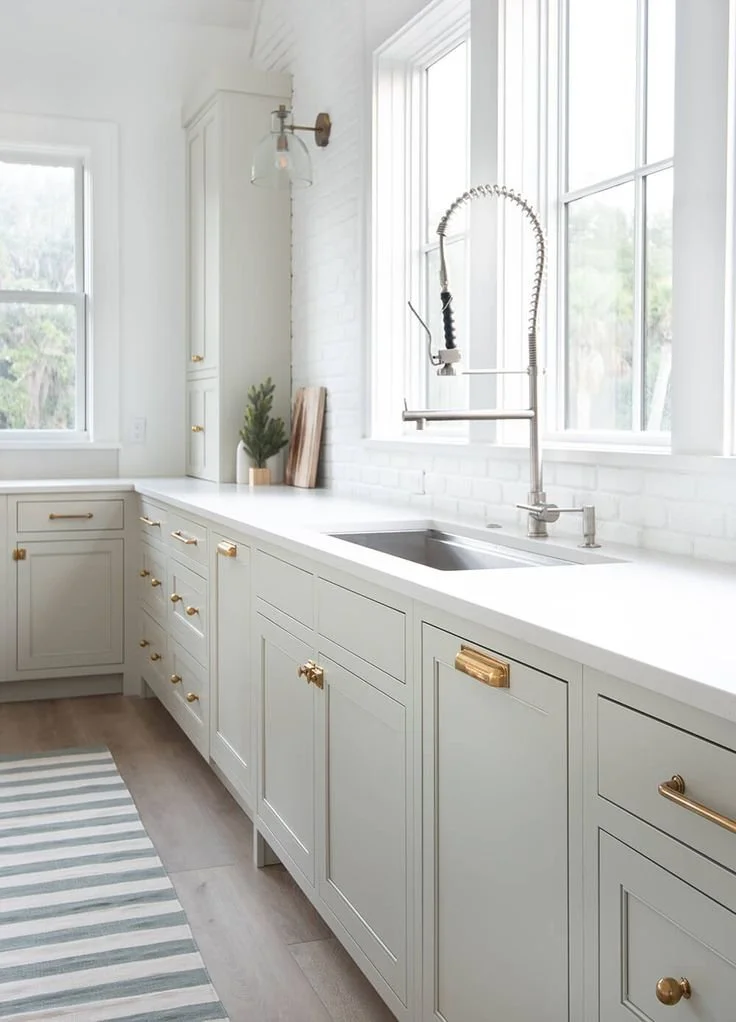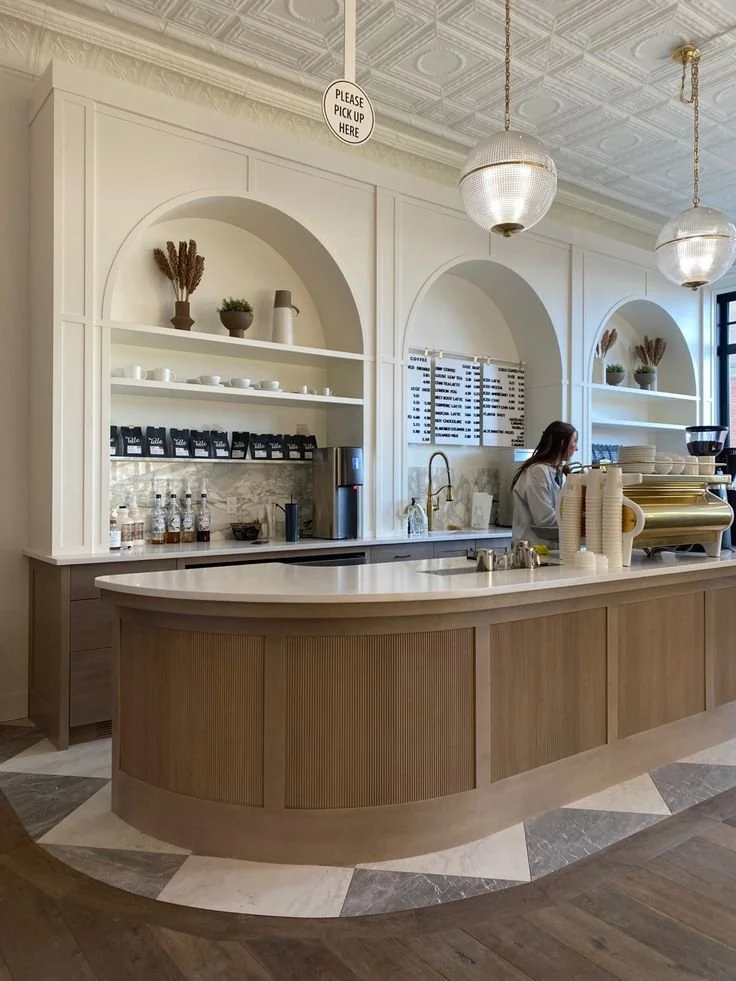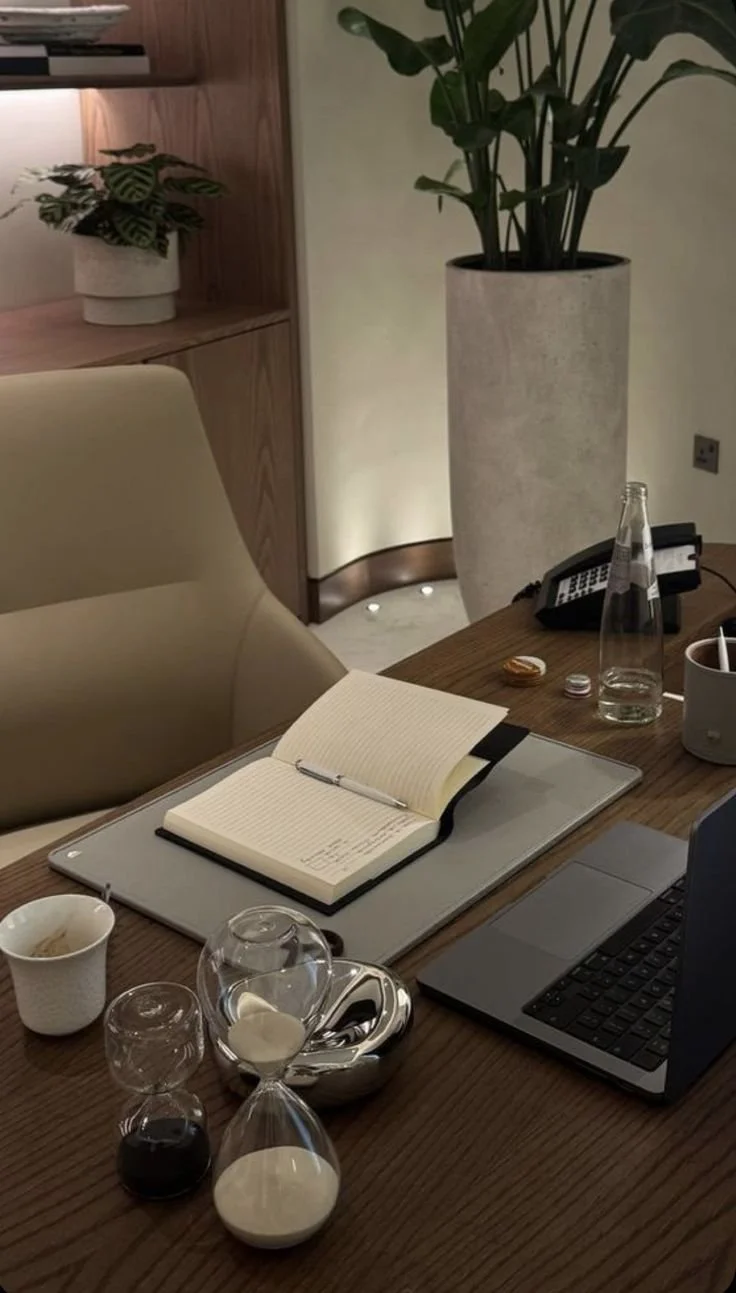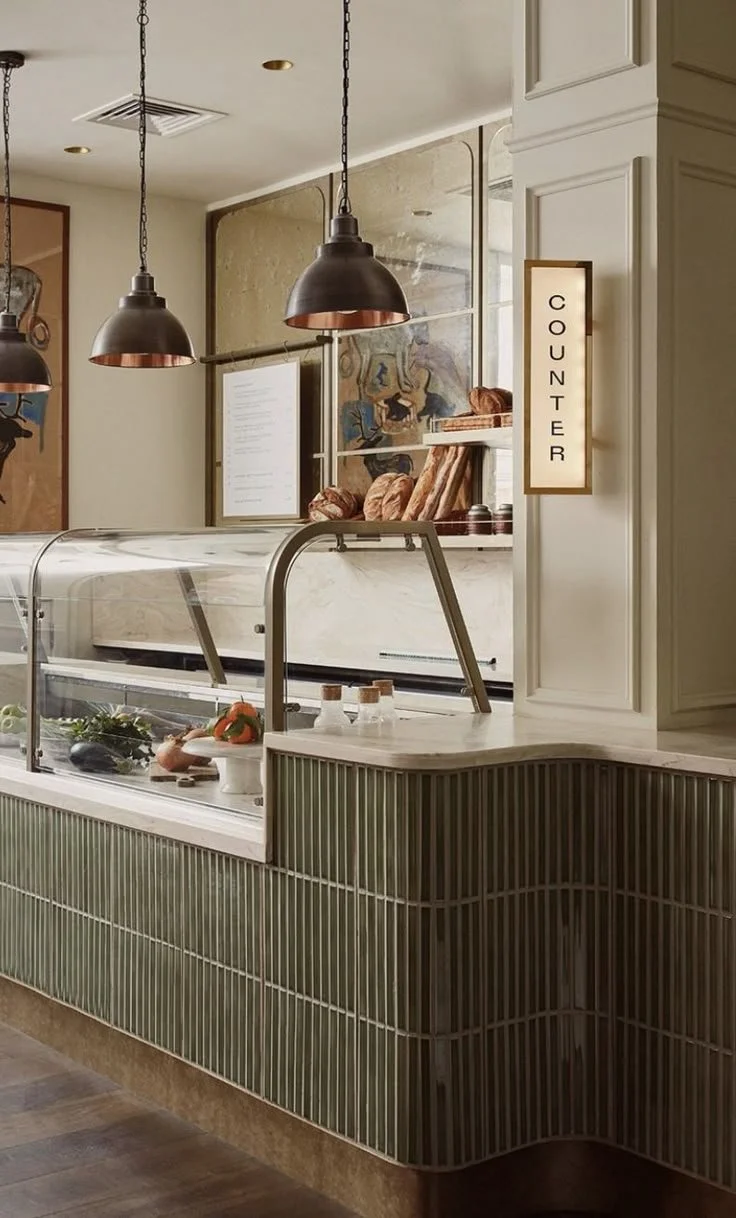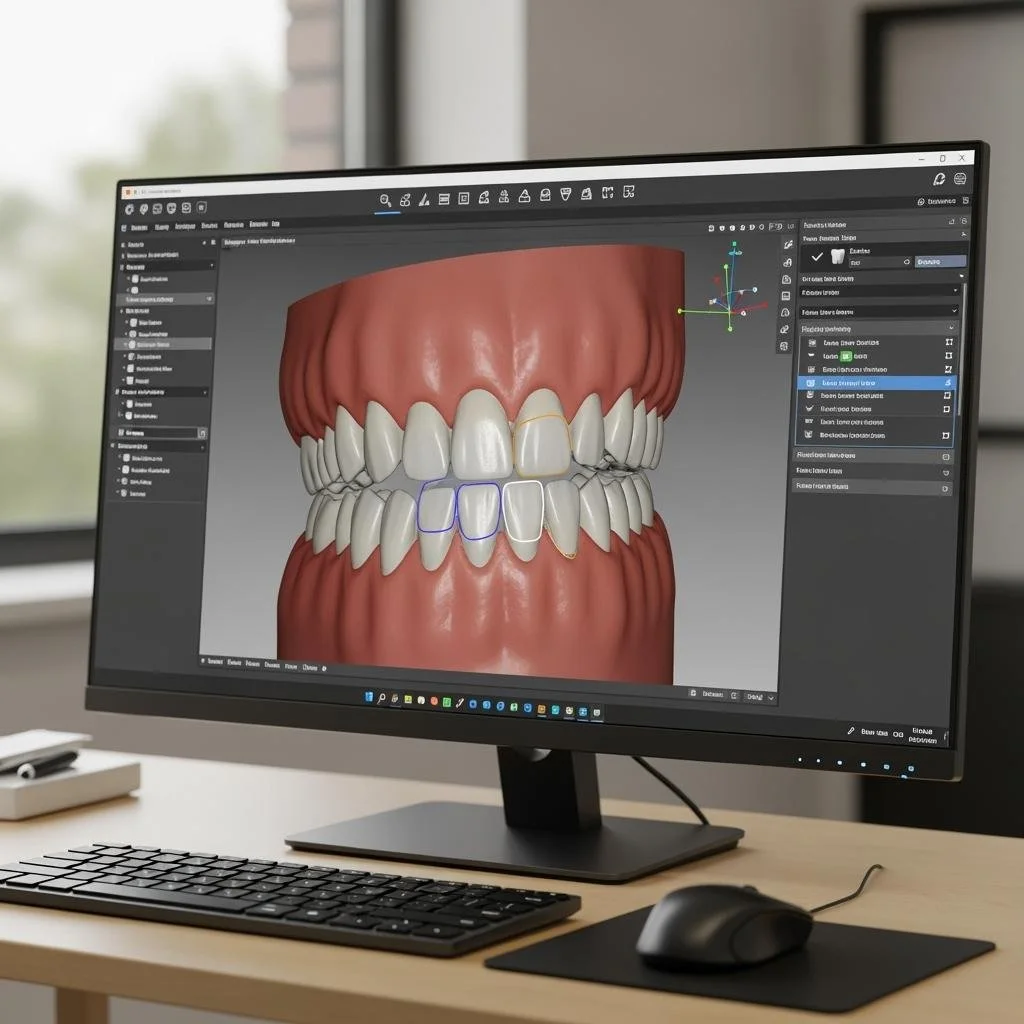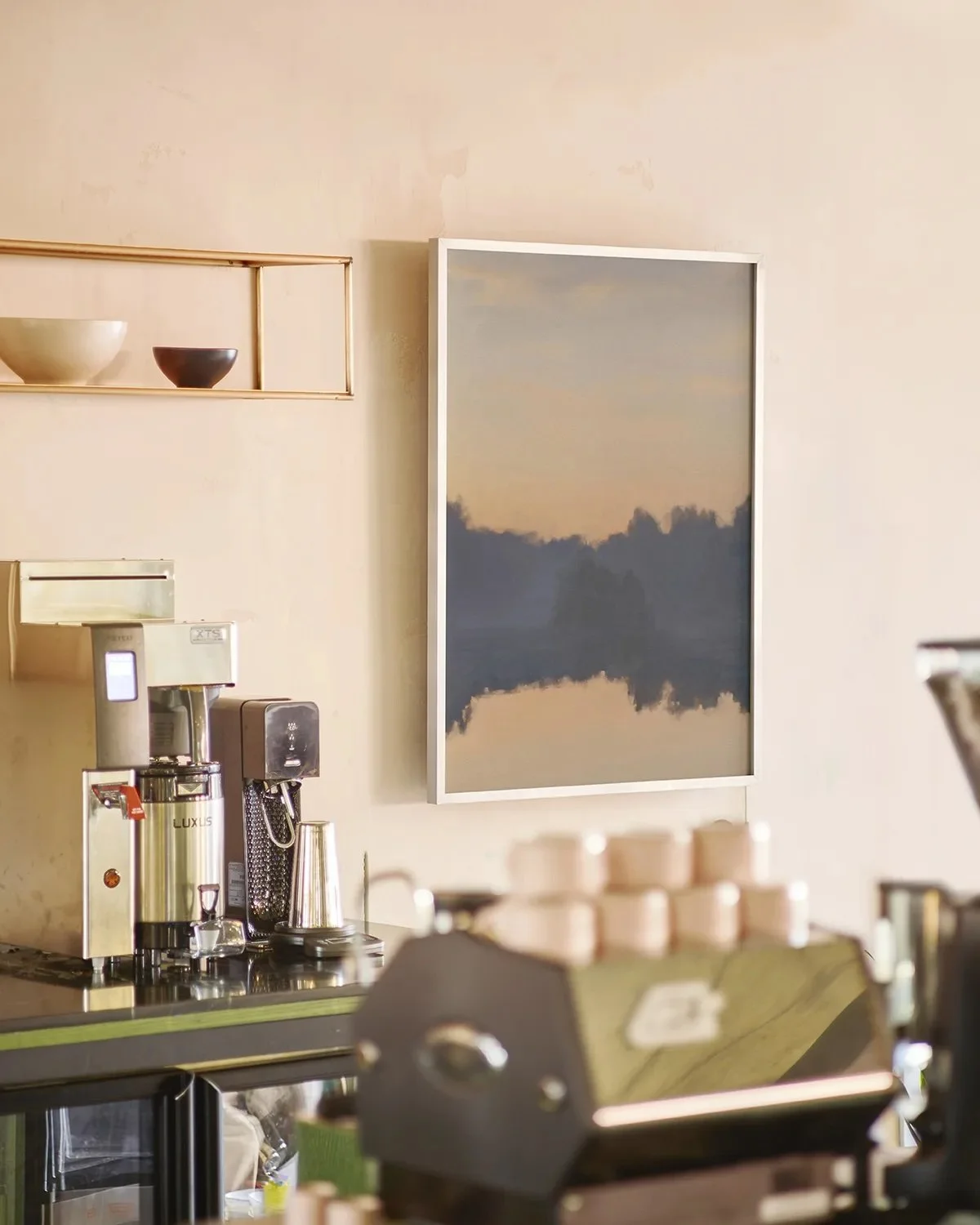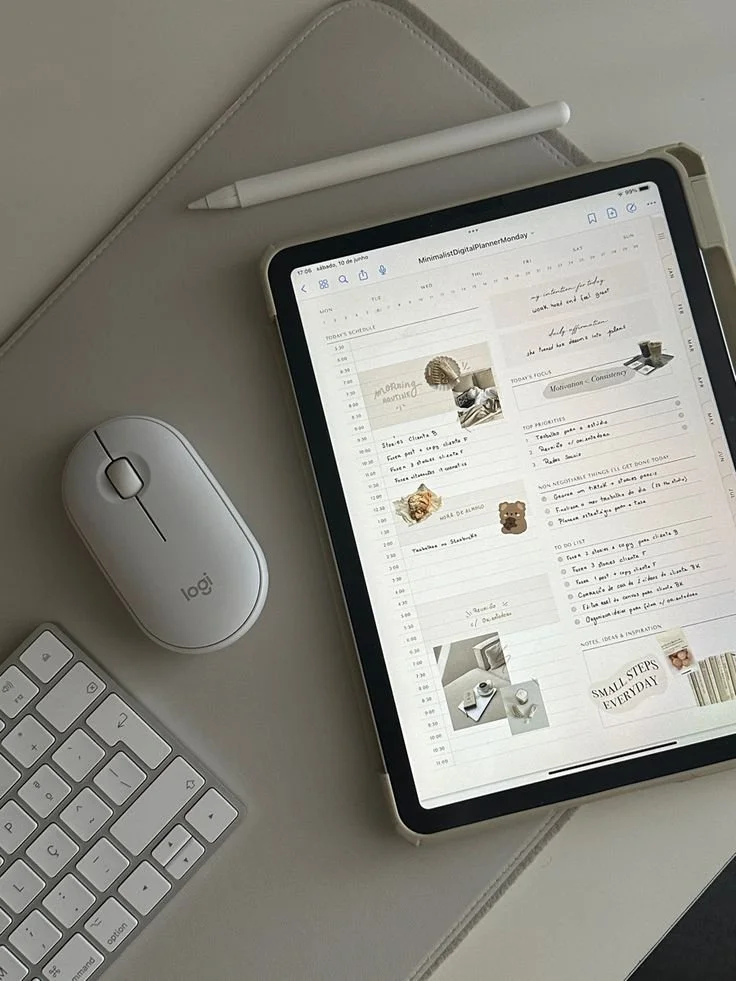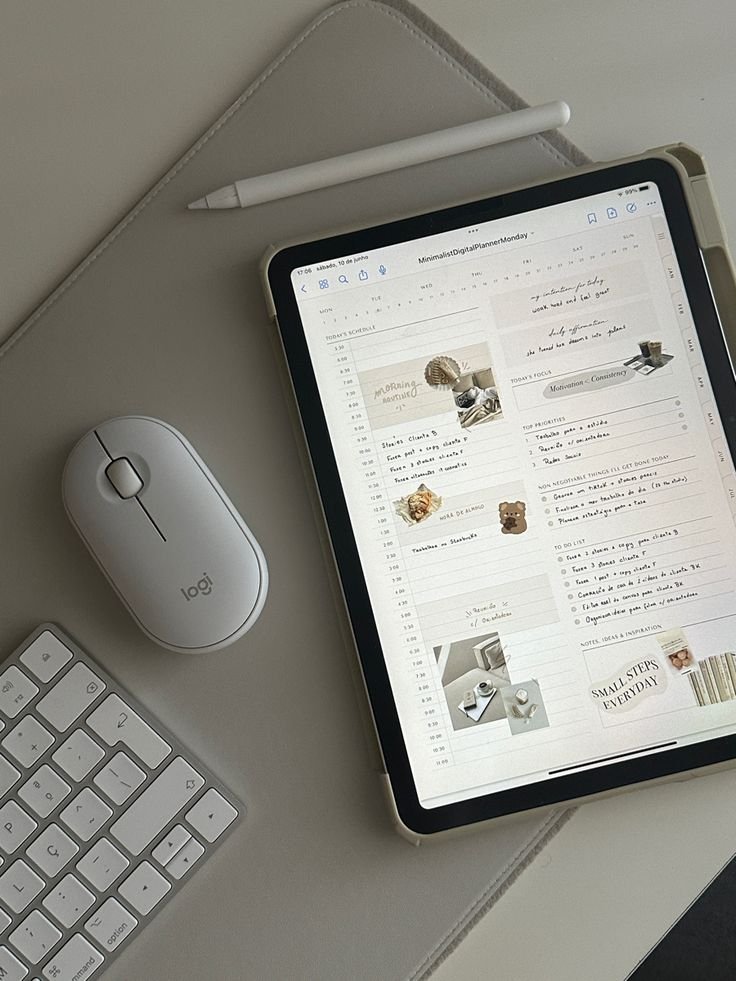A bathroom can be more than just a functional space. With the right design, it can become a sanctuary, a reflection of your personal style, or even a bold design statement. Thinking of hiring a pro to elevate your bathroom? In this article, we share seven stylish renovation ideas that will turn your bathroom into something truly special.
No. 1
Spa-Luxury Retreat
Ever wished your bathroom felt more like a high-end spa? The spa-luxury style is perfect if you want to create a calming, retreat-like atmosphere. Imagine soft lighting, natural stone tiles, and elegant fixtures that ooze tranquillity. Many people are going for this vibe when it comes to bathroom renovations Newcastle today! After all, we all deserve a bit of luxury.
One of the key features of this style is the use of earthy tones like soft greys, beige, and white. Complement these colors with natural elements like wooden accents or bamboo accessories.
Consider adding a freestanding bathtub, rain shower, or even a steam shower for that true luxury spa experience. Finish off with soft, fluffy towels and plants that thrive in humidity, such as ferns or orchids, to give your space that serene, nature-inspired vibe.
No. 2
Bold Colours and Statement Walls
If neutral tones aren’t your thing, bold colors could be the perfect way to inject some personality into your bathroom. This style is all about making a statement, whether through a dramatic color palette or an eye-catching feature wall.
Think deep navy, emerald green, or even black. These colors can add depth and sophistication to your bathroom when paired with metallic fixtures in gold or matte black.
A feature wall with bold, patterned tiles or wallpaper can also be a fantastic way to draw attention and create a striking focal point. Just make sure you balance the intensity with neutral tones elsewhere to avoid overwhelming the space.
No. 3
Minimalist Elegance
For those who prefer a clean, uncluttered look, minimalist elegance might be the way to go. This style is all about simplicity, using sleek lines and a neutral colour palette to create a sense of calm and order.
Opt for modern fixtures with clean, angular designs, and consider a floating vanity to give the illusion of more space. White, grey, and soft beige are the go-to colours here, complemented by materials like marble, glass, and brushed metal.
The key to nailing this look is in the details: streamlined storage solutions, frameless mirrors, and hidden lighting can all add to the minimalist feel without making the space feel cold.
Rejuvenation
Rejuvenation believes in the power of thoughtful design - explore their extensive range of home decor, including stylish accessories and hardware that add character and charm to your home
No. 4
Vintage Chic
Vintage style has been making a huge comeback, and it’s easy to see why. There’s something timeless about the charm of a vintage bathroom, whether it’s through the use of clawfoot bathtubs, pedestal sinks, or retro tiles. This style allows you to blend modern functionality with classic design elements.
Go for pastel colors like soft pinks, mint greens, or baby blues. Add vintage-style fixtures in polished chrome or brass for that authentic feel. Don’t forget about the little details, either—vintage-inspired mirrors, lighting fixtures, and patterned floor tiles can add the perfect finishing touches to complete the look.
No. 5
Scandinavian Simplicity
The Scandinavian style is perfect if you’re aiming for a cozy yet practical bathroom. Known for its emphasis on functionality and simplicity, Scandinavian design focuses on bright spaces, natural light, and organic materials.
White and light greys dominate the color scheme, with wooden accents to bring warmth to the room. Opt for sleek, modern fixtures, and keep things minimal with clean lines and uncluttered surfaces.
Incorporating elements like soft textiles (think cozy bath mats or plush towels), woven baskets, and houseplants can give your bathroom that signature Scandinavian hygge vibe, making it the ultimate cozy retreat.
No. 6
Industrial Edge
The industrial style is great for those who love raw, unfinished elements with a modern twist. It’s a look that works especially well in loft-style homes or urban spaces, but with the right touch, it can also fit beautifully into any modern home.
This style thrives on exposed materials—think concrete floors, brick walls, or even pipes left on display. Pair these rough elements with sleek metal fixtures in matte black or brushed steel to give the space a balanced look.
Concrete sinks or tubs can add to the industrial vibe, while Edison bulb lighting fixtures and metal shelving complete the look.
No. 7
Coastal Calm
Love the idea of bringing a seaside vibe into your home? The coastal calm style is perfect for creating a bathroom that feels like a breezy, relaxing getaway. It’s all about soft, beach-inspired colors like white, soft blues, and sandy neutrals.
To achieve this look, focus on materials that mimic the natural environment. Think weathered wood, wicker baskets, and textured towels. Add subtle nautical touches like rope mirrors or shell accents without going overboard (pun intended).
The goal here is to create a light, airy space that feels as relaxing as a day by the beach. Coastal calm is all about balance and creating an easygoing, refreshing atmosphere.
takeaways
Each of these bathroom renovation styles offers a unique way to transform your space, whether you’re after a calming retreat, a bold statement, or something in between. When hiring a professional, make sure to communicate your vision clearly. They can help bring your dream bathroom to life, tailored exactly to your taste.
Looking for Home Resources?
Looking to enhance your living space and create a sanctuary that supports your well-being? Explore our home partners who offer a wide range of resources to elevate your home environment.












